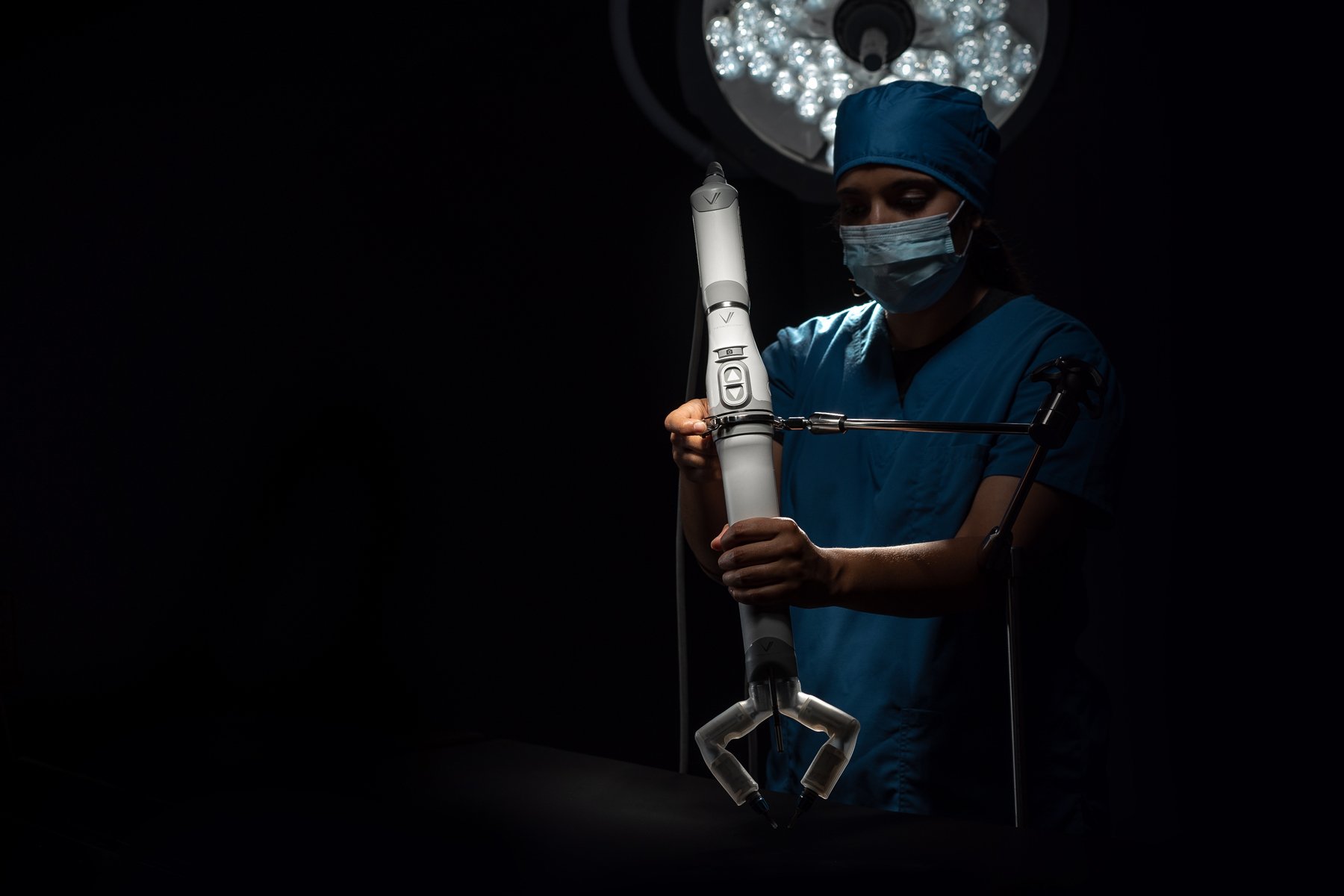Hydrogen Bond‐Driven Conductive Thermosensitive Hydrogel for Advancing Endoscopic Electrosurgery
Advanced Healthcare Materials, EarlyView.

This study presents a novel hydrogen bond-driven conductive thermosensitive hydrogel, PEDOT:PSS/F127, designed to improve electrosurgery. The hydrogel combines mechanical strength, electrical conductivity, and thermosensitivity through synergistic hydrogen bond interaction, enabling precise and safe electrosurgical cutting. In vivo tests demonstrate its superior performance in endoscopic submucosal dissection, addressing the limitations of conventional saline solutions.
Abstract
Endoscopic electrosurgery faces critical challenges in achieving safe tissue dissection, particularly in procedures like endoscopic submucosal dissection (ESD). Current submucosal injection agents (e.g., normal saline) suffer from rapid diffusion requiring frequent reinjections that disrupt procedural continuity, while their poor electrical conductivity causes uneven current distribution and localized heat accumulation, increasing risks of tissue carbonization and iatrogenic perforation. Here a hydrogen bond-driven conductive thermosensitive hydrogel, poly(3,4-ethylenedioxythiophene):polystyrene sulfonate/Pluronic F127 (PEDOT:PSS/F127), is presented that overcomes these dual limitations through molecular engineering. The hydrogel integrates temperature-triggered gelation with enhanced mechanical strength (G' = 13.11 ± 0.22 kPa) via hydrogen bonding between F127's ether-oxygen and PEDOT:PSS's sulfonic groups. This synergy enables sustained mucosal elevation (> 60 min) while its embedded conductive phase optimizes electrosurgical current conduction. In vitro, ESD shows an 8.7 and 3 °C temperature reduction compared to saline and F127 controls, respectively. In vivo, PEDOT:PSS/F127 reduces tissue burns and bleeding, improving surgical safety. By addressing both mechanical instability and electrical limitations of conventional submucosal agents, this platform sets new standards for precision electrosurgery and demonstrates promising potential for a range of energy-based interventions.













































































































































